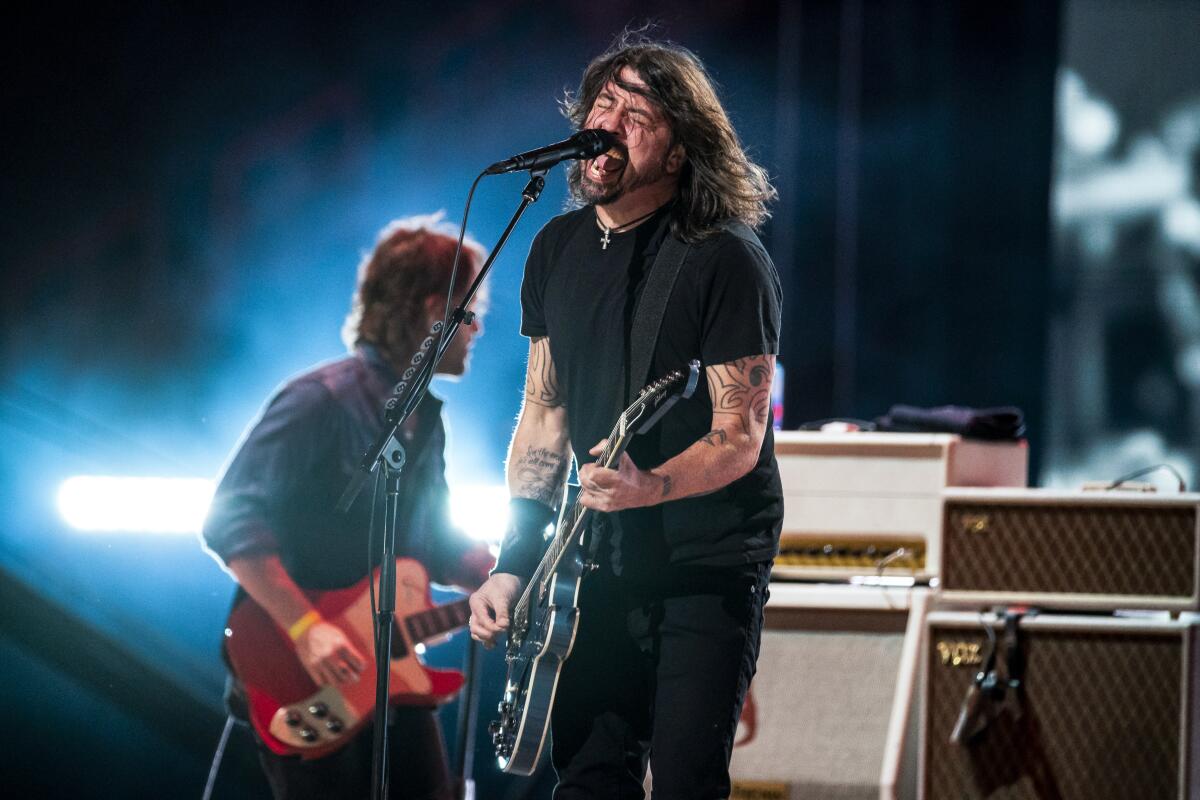The Bernard Rodriguez Journal
Exploring the latest trends and stories in news and lifestyle.
The Surprising History of Concerts
Uncover the unexpected origins of concerts! From ancient rituals to modern festivals, discover how live music evolved through the ages.
The Evolution of Concerts: From Classical Gatherings to Modern Festivals
The history of concerts has undergone a remarkable transformation, evolving from the intimate and formal **classical gatherings** of the past to the vibrant and diverse **modern festivals** we experience today. In the early days, concerts were exclusive events often held in grand concert halls, where audiences would dress formally to enjoy the intricate compositions of legendary composers such as Bach and Beethoven. These gatherings served as a social and cultural touchstone, allowing patrons to appreciate the artistry in a structured environment. The performance was a serious affair, with an emphasis on etiquette and formal decorum, enabling an immersive experience of the music.
As the decades progressed, the concept of concerts began to shift dramatically. By the 20th century, the rise of **popular music genres** such as jazz, rock, and later electronic dance music led to the emergence of large-scale music festivals. These events celebrate a variety of artists and styles, attracting thousands of fans who come together to experience the magic of live performances. Today, festivals such as Coachella and Glastonbury have become cultural phenomena, where the lines between artist and audience blur, creating spaces for **community and creativity**. The evolution of concerts reflects not only changes in musical tastes but also shifts in societal norms, resulting in a dynamic landscape where live music continues to thrive.

How Concerts Shaped Music Culture Throughout History
Throughout history, concerts have played a pivotal role in shaping music culture, serving as platforms for artists to connect with their audiences and influence societal trends. From the grand orchestral performances of the 18th century to the intimate coffeehouse gigs of the 20th century, each concert has left a mark on the evolution of musical expression. Iconic festivals such as Woodstock in 1969 not only showcased the sounds of a generation but also became a symbol of peace and revolution, illustrating how concerts can transcend mere entertainment to become cultural phenomena.
As technology evolved, so did the scale and experience of live performances. The introduction of electric amplification in the 20th century transformed concerts into immersive experiences, driving the emergence of genres such as rock and pop. Modern-day festivals, like Coachella and Glastonbury, reflect the diverse landscape of music culture today, bringing together varied genres and communities. These large-scale events not only foster a sense of belonging among attendees but also highlight how concerts continue to be a vital force in the ongoing development of musical styles and trends.
What Were the Most Influential Concerts in History?
Concerts have often transcended mere entertainment, evolving into pivotal cultural moments that shape music history. One such landmark performance was Woodstock 1969, which has become emblematic of the counterculture movement. This iconic festival not only featured legendary acts like Jimi Hendrix and Janis Joplin, but also represented a unified voice of peace and love during a tumultuous era marked by war and societal upheaval.
Another transformative event was Live Aid 1985, which showcased the global power of music to raise awareness and funds for the Ethiopian famine. Spearheaded by Bob Geldof and Midge Ure, this concert featured stellar performances from artists such as Queen and David Bowie, drawing millions of viewers worldwide. The impact of Live Aid cannot be overstated, as it not only provided essential aid but also galvanized a generation of musicians and fans to recognize their role in social change.